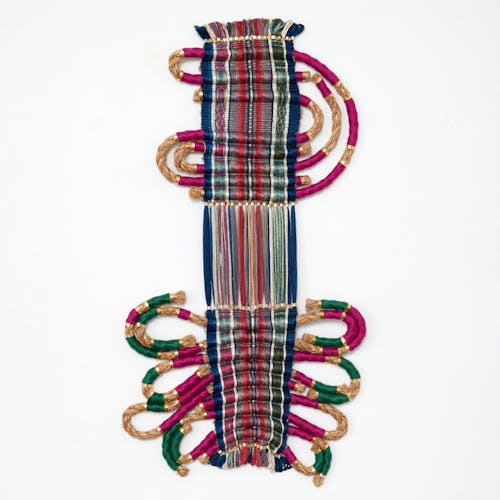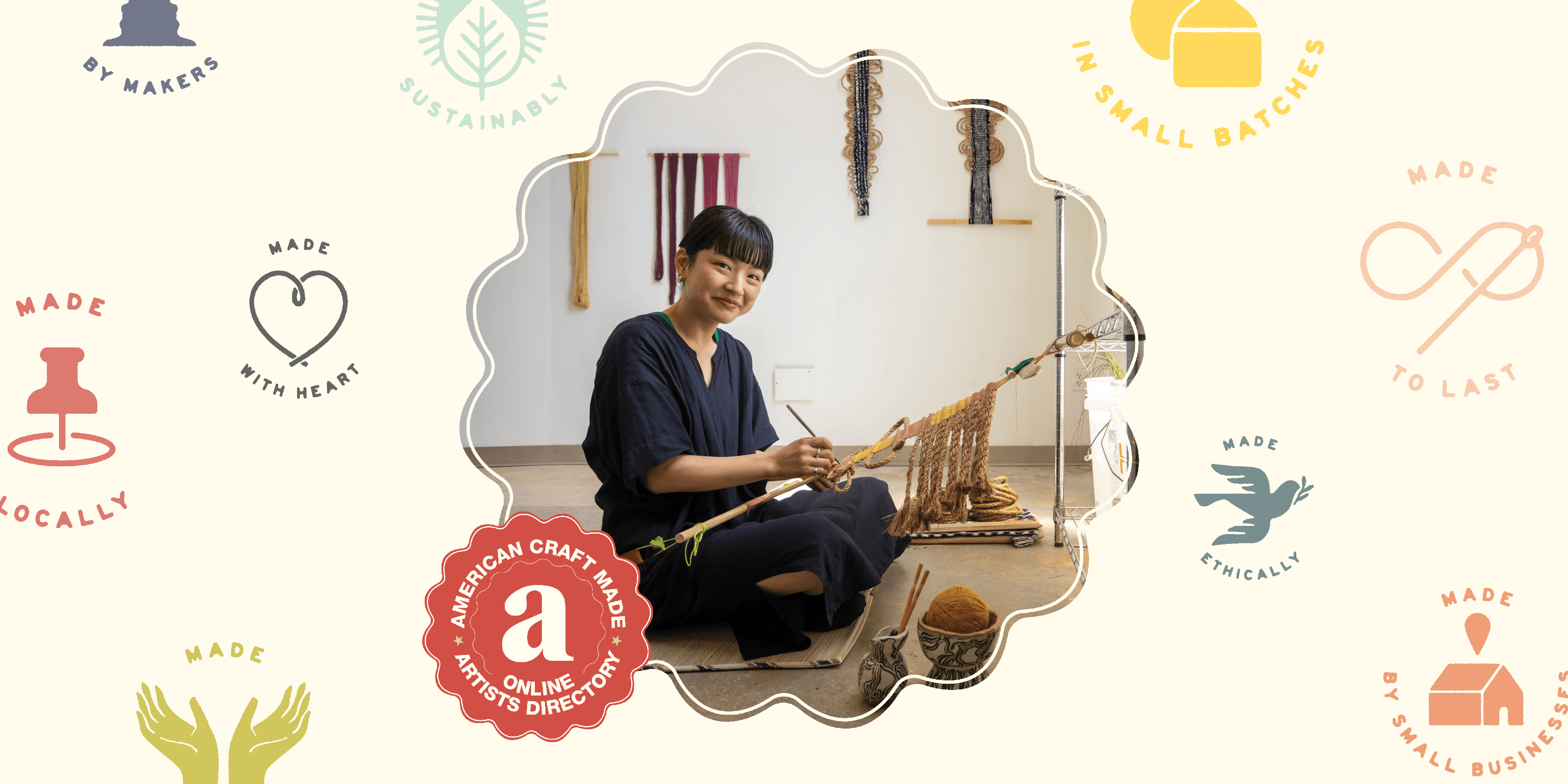Terumi Saito





About The Artist
Terumi Saito • Brooklyn, NY
Fiber and Textiles - Homegoods • CUSTOM COMMISSIONS
Terumi Saito (b. 1993, Japan, lives and works in New York, NY) is a multidisciplinary artist working in fiber art and sculpture and is known for her backstrap weaving sculptures that utilize iconic jute ropes. Backstrap weaving, one of the earliest weaving techniques, has a rich history in Asia and Central and South America. Japan's history of Backstrap weaving dates to the Yayoi period (c. 300 BCE to 300 CE). Her unique approach combines traditional and ancient backstrap weaving techniques, the use of natural dyes and fibers, and a meticulous, labor-intensive weaving process. Saito's artistic endeavors are centered on a dual mission: preserving endangered traditional techniques and shedding new light on them through a contemporary lens. The labor-intensive and time-consuming process becomes the crucible for her ideas and artistic joy, resulting in a powerful body of work that represents a unique convergence of traditional techniques and contemporary artistic expression.
Connect
|
Q&A with the ArtistTell us how your work is made.I practice backstrap weaving, one of the earliest weaving techniques, which has a rich history in Asia and Central and South America. Japan's history of Backstrap weaving dates to the Yayoi period (circa 300 BCE to 300 CE), featuring renowned existing examples like Ainu textiles. Backstrap weaving uses a simple loom made of thread and rods but involves complex operations. Unlike advanced looms, it does not have wooden frameworks and metal heddles. Warp threads are manipulated with string heddles, attached individually each time. Tension is maintained by anchoring threads to the weaver's waist and a post or foot, requiring full-body weaving engagement. In the past, I have completed artist residencies and research projects in Peru, Guatemala, Japan, and the United States. |
